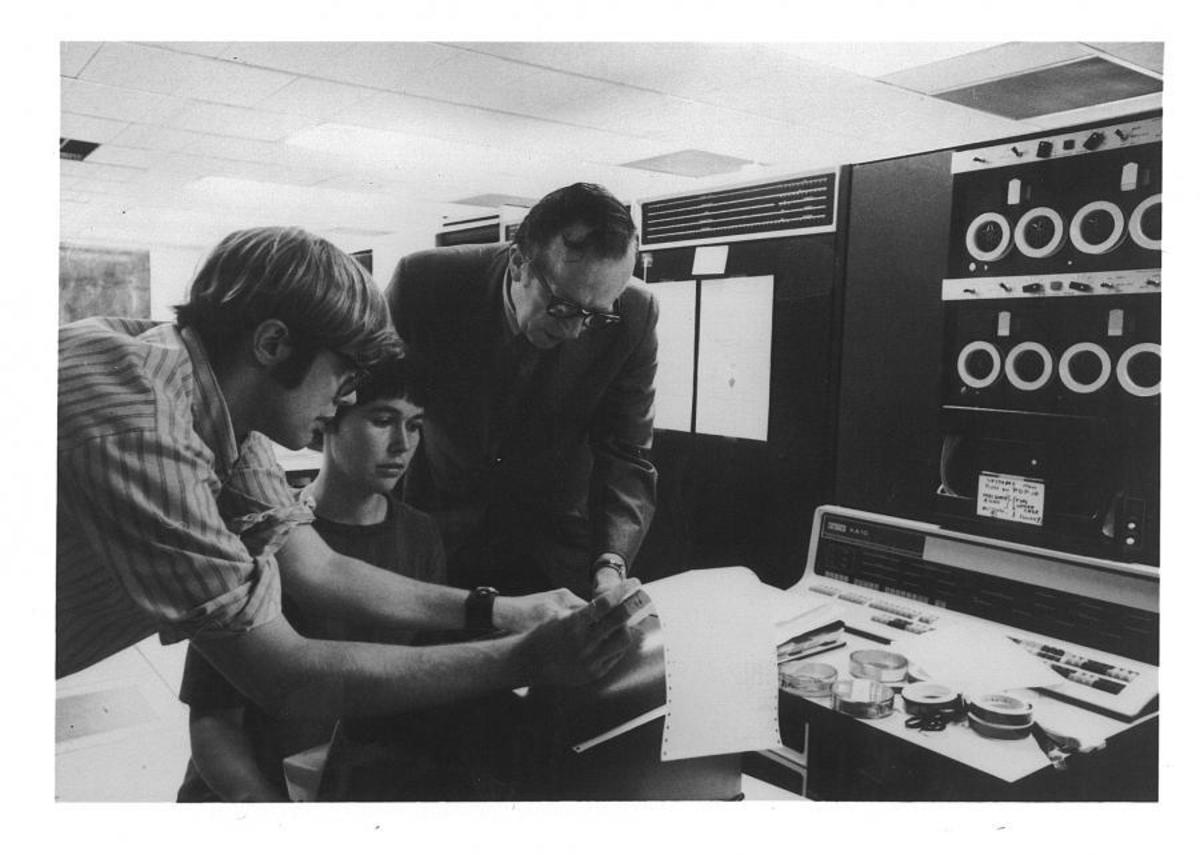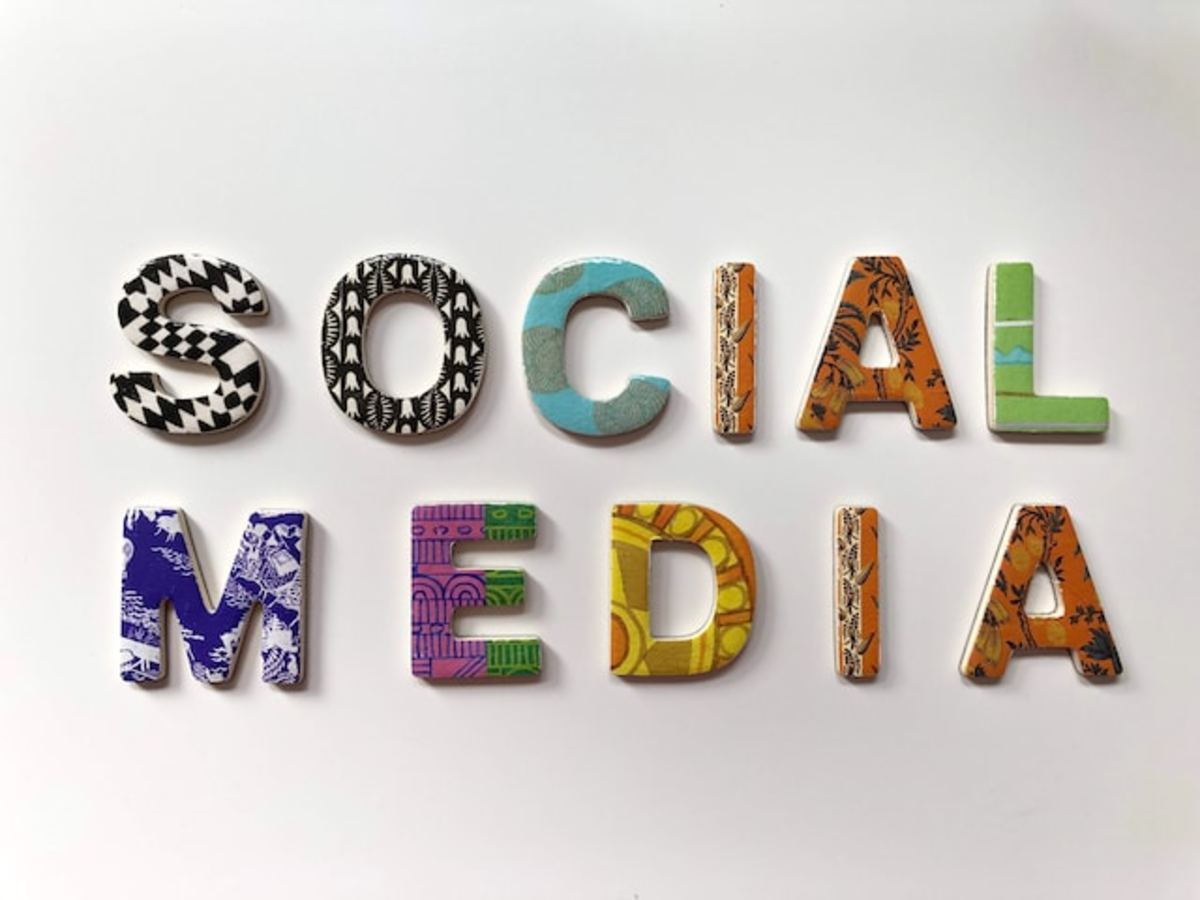Review of the Article "Does Social Media Usage Matter?" by Moreno Et Al, (2015)
In this article, the authors were interested in finding out how the use of social media platform as a communication channel by practitioners in the public relations field influences their perceptions towards this technology. In undertaking this research, the authors purposed to presents insights to facilitate an explanation and comprehension of how the development and use of digital communication has influenced the communication patterns and perceptions of PR practitioners towards the same medium. There are good number of studies which have been done to gauge the efficacy and impact of social media in both formal and informal sectors. Other aspects that have been analyzed include development of social media, benefits of social media, use of social media to recruit, how marketers can utilize social media and demerits of social media in business contexts among others. However, this particular study is unique in the sense that it specifically explores the impact of social media on public relations practitioners, a profession that is expected to respond to emerging information and avert any negative implication that may be caused by such information. It should be considered that PR personnel are supposed to be sensitive to remarks or information pertaining to their organizations and as such, they cannot afford to ignore or fail to use social media in their work. Information in this platform runs very fast and these professionals must act swiftly. The research therefore presents significant contribution on this subject.
The first research question for this study was gauging the extent by which communication personnel employed social media for work or individual reasons. This question was significant in the sense that we could not understand how this platform influenced the practitioner’s perception towards social media without first understanding the extent they were used for individual and work related matters. In short, the authors wanted to understand how and when the PR practitioners under focus utilized social media and in what context. This way, they could be able to understand the reason for positive or negative influence. The second question sought to establish whether the PR practitioner’s competency in digital media determined their use of social media in professional or individual purposes. This question is important for this research considering that how one uses social media in professional purposes is completely different to the use of the same platform for socializing. Therefore, this question will contribute to an understanding of whether the competency has a part in influencing the communication personnel towards use of social media in private and individual purposes. The third question measured on whether the frequency of social media use had a part in influencing the perceptions of communication personnel on the vitality of social media information to their profession and stakeholders. The question is also relevant since it will help in identifying the consistency by which the practitioners under focus utilize social media platforms. This will also help in finding out whether the frequency of using social media effects the perception of PR professions on this platform.
The fourth and last question focused by the researcher was whether the frequency in use of social media on how the PR practitioners perceived the significance of digital gatekeepers. For me, the question is also on track towards achieving the study objectives since it could help identify whether PR people considered social media as a platform that can be used for professional purposes as well. Digital gatekeepers are those mandated to check the content posted on digital platforms and their relevant will be gauged through this question. The last question was in establishing whether the frequency in use of social media impacts the perception of communication professionals regarding the significance of social media platforms in strategic communication. The question is very vital especially in understanding whether a positive perception in the significance of social media for strategic communication was derived from the consistent of use of this platform by the practitioners.
In conducting this research, the authors used a quantitative survey. Data were collected from a sample n=2710 PR officers who across 43 European countries in Europe working at various levels. The data were measured and analyzed using SPSS software (Statistical Package for Social Science), followed by descriptive analysis. The quantitative research design used by the authors was necessary in testing the hypothesis suggested. Further, it was also crucial in obtaining information from a large pool of participants; which could not be possible through qualitative methods.
The variables were tested using different statistical methods including t-tests, Cramer’s V, Kendall’s rank correlation, Spearman’s rank and chi-square tests. Statistical measure was used in demonstrating the difference in professional and private use of social media by the communication practitioners. This measure combined with the age group of professionals, plus the frequency in use of social media platform by different age groups. Another variable measured is the competency of the subjects in social media and professional use of the same in this medium.
This article has generally presented insights regarded how communication personnel in European perspective perceives the use of social media in their profession and private life. This has subsequently shed light on the development, use and growth of social media in professional disciplines and work contexts. Without this research, we could not for instance, identified how communication practitioners in Europe used and perceived the use of social media in their profession and whether that perception was negative or positive.








